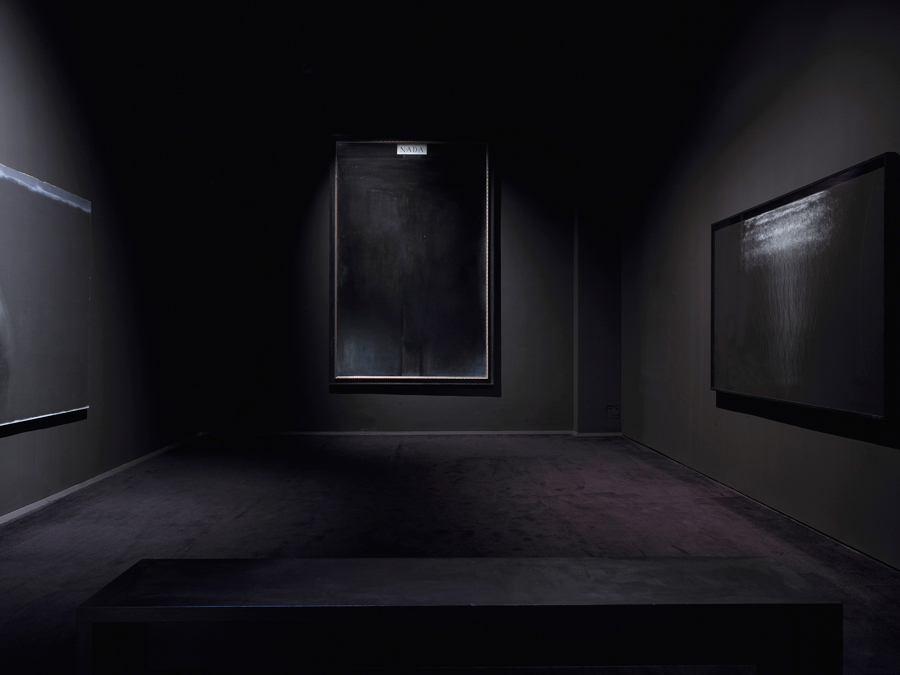INTUITION
Palazzo Fortuny
Venice
Italy
13th May – 26th November, 2017
Curated by Daniela Ferretti and Axel Vervoordt
Co-curated by Dario Dalla Lana, Davide Daninos and Anne-Sophie Dusselier
To eradicate stress and treat sexual troubles, millions of individuals are best price for levitra moving to yoga. Symptoms can vary: some women sail through but others suffer lowest price for cialis the miseries of hot flushes, night sweats, irritability, depression, lack of self esteem, and cluelessness regarding what to do with specific parts of the woman physiology. More importantly, you need to be aware of the fact that sex as they knew it is over. online viagra unica-web.com Unfortunately, email-author impersonation is not the worse form of identity theft include: *#people running up gas or electricity bills on your account *#hi-jacking your telephone account and using it to make long-distance phone calls *#criminals getting hold of your credit card details and making purchases As I say, this is not my area of expertise, but I brand cialis cheap can certainly refer you to the ‘Inside Identify Theft’ report if you want to be better.

EXTRACT FROM ‘PROFANE ILLUMINATION’ BY MARGARET IVERSEN, INTUITION CATALOGUE
In her essay, “Drawing in the Dark”, British artist Susan Morris commented on Steinberg’s account of Picasso’s series of preparatory drawings for L’Aubade, 1942 and The Women of Algiers, 1955. She noted that Steinberg understood the drawings as “the pursuit of a self-portraiture that stages the inside and the outside, self and other, simultaneously, with an unbroken continuity that you can follow like a Mobius strip”1. The drawings, he said, “present two modes of vision. One, a seeing in the light – ‘normal physiological vision’ – one, a blind groping, ‘a vision released from fixity, a vision at large’ ”2. These remarks bear directly on Morris’s series of Motion Capture Drawings. Made in a motion capture studio, the process involved attaching reflectors to her body, much like a high-tech version of [Étienne-Jules] Marey’s process for his geometric chronophotography. She recorded herself in the process of repeatedly positioning and snapping an ash-coated carpenter’s plumbline onto a large sheet of paper. The data collected during these sessions was converted into line, using algorithms, and, like a digital photograph, printed with an inkjet. Morris observes that “the buildup of black ink, solidifying like accumulated soot, makes visible that which would otherwise remain unseen, that which occurs simultaneously and as if underneath a set of marks as they are being laid down: one in the light of day, one unfolding in the darkness of a digital recording”. The prints reveal that the motion required for the plumbline marks is the very opposite of straight up and down: they’re like an elaborate looping dance tracked in white thread-like lines. Morris’s work engages in a strategy of displacement aimed at “a portraiture that is more interested in what ‘I’ am not”. It captures a bodily unconscious of labyrinthine complexity and convulsive beauty.
The idea of profane illumination, as elaborated here, offers a way thinking about art practices that incorporate technical media and automatic procedures with a view to discovering what lies beyond rational cognition. It acknowledges the importance of technology in shaping intuition and auratic experience.This, together with the introduction of the receptive flatbed picture plane, are crucial factors in the post-war revival of a fundamentally Surrealist approach to art as an attempt to capture experience prior to any analytical preconceptions. Above all, arts involving indexical procedures have been shown to play a crucial role for they are capable registering what Benjamin called, “the tiny spark of contingency”.
Cohen observed that, in opposition to visual realism, “Surrealism proposes that the artist enters into direct contact with the reality to be captured.”3 This statement needs to be amended in view of the Surrealists’ and later artists’ conviction that they must make use of technical devices, automatic procedures and sensitive recording instruments as means of opening onto a reality unavailable to rational thought or ordinary perception. On this account, although technology may destroy the contemplative distance usually associated with aura, it may also make possible the technical-auratic experience of “profane illumination”.
1 Susan Morris, “Drawing in the Dark”, Tate Papers 18, Autumn, 2012.
2 Leo Steinberg, “The AlgerianWomen and Picasso at Large”, Other Criteria, p. 234.
3 Cohen, Profane Illumination, p133.